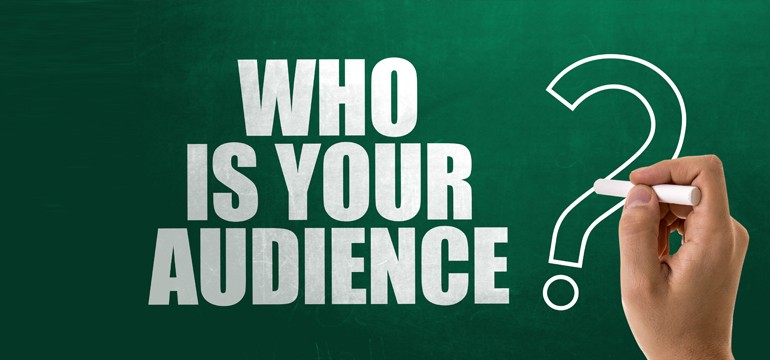Marketing strategy
Table of Contents
Building a successful content marketing strategy involves careful planning, execution, and continuous optimization. Here’s a comprehensive guide to help you create an effective content marketing plan:
1.Set Clear Objectives
Define your content marketing goals, whether it’s increasing brand awareness, driving website traffic, generating leads, or boosting sales. Make sure your objectives are specific, measurable, achievable, relevant, and time-bound (SMART). Use key results to track progress and evaluate success. Examples include increasing website traffic, improving brand sentiment, or driving conversions.

2.Understand Your Audience
Conduct thorough research to understand your target audience’s demographics, preferences, interests, pain points, and online behavior. Develop detailed buyer personas to guide your content creation efforts, Utilize advanced data analytics tools, social listening platforms, and customer feedback mechanisms to gain deep insights into your target audience’s preferences, interests, and pain points. Understand their behavior across different digital channels and devices.

3.Define Your Unique Value Proposition (UVP)
Identify what sets your brand apart from competitors and articulate it clearly in your content. Your UVP should address your audience’s needs and demonstrate why they should choose your products or services.

4.Content Audit and Gap Analysis:
Assess your existing content assets to identify strengths, weaknesses, and gaps. Determine which types of content resonate best with your audience and where there are opportunities to fill in missing pieces.

5. Keyword Research
Conduct keyword research to identify topics and themes relevant to your target audience. Use tools like Google Keyword Planner, SEMrush, or Ahrefs to discover high-volume and low-competition keywords to inform your content strategy.

6.Content Ideation and Planning
Brainstorm content ideas aligned with your audience’s interests, pain points, and search intent. Create a content calendar outlining topics, formats, publishing dates, and responsible team members to ensure consistency and organization.

7.Content Creation
Develop high-quality, valuable content that educates, entertains, or inspires your audience. This could include blog posts, articles, videos, infographics, podcasts, case studies, eBooks, and more. Maintain a consistent brand voice and style across all content.
8.Optimize for SEO
Incorporate relevant keywords naturally into your content to improve its visibility in search engine results. Optimize meta titles, descriptions, headings, and URLs for SEO, and ensure your website is technically sound for search engine crawlers.
9.Promotion and Distribution
Develop a promotion strategy to amplify the reach of your content. Share it across relevant channels such as social media, email newsletters, industry forums, and online communities. Collaborate with influencers, partners, and stakeholders to extend your content’s reach.
10.Engagement and Interaction
Encourage audience engagement and interaction with your content by inviting comments, questions, and sharing. Respond promptly to feedback, inquiries, and comments to foster a sense of community and build relationships with your audience
11.Measure and Analyze Performance
Track the performance of your content using relevant metrics and analytics tools. Monitor key performance indicators (KPIs) such as website traffic, engagement, conversion rates, and ROI. Use insights to identify what’s working well and where there’s room for improvement.
12.Iterate and Optimize
Continuously refine your content marketing strategy based on data-driven insights and feedback. Experiment with different formats, topics, and distribution channels to optimize your approach and achieve better results over time
13.Stay Up-to-Date with Trends
Keep abreast of industry trends, changes in consumer behavior, and emerging technologies in content marketing. Adapt your strategy accordingly to stay relevant and competitive in your market.
14.Document Your Strategy
Document your content marketing strategy, including goals, target audience profiles, content calendar, distribution channels, and performance metrics. Share it with your team to ensure alignment and accountability.
By following these steps and continuously refining your content marketing strategy based on feedback and data, you can build a successful content marketing program that drives meaningful results for your business. By following these strategies and staying abreast of emerging trends and technologies, you can build a successful content marketing strategy that drives meaningful business outcomes and fosters lasting relationships with your audience.
